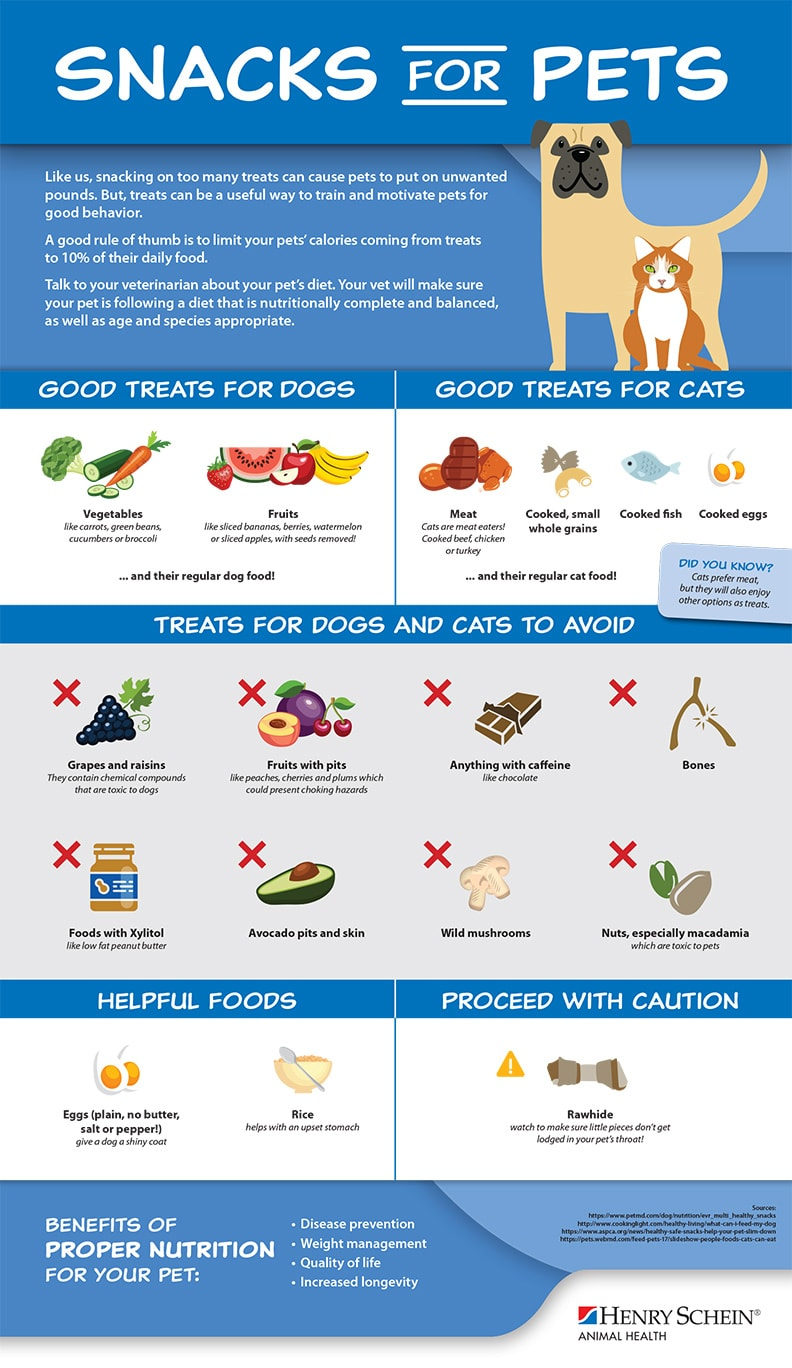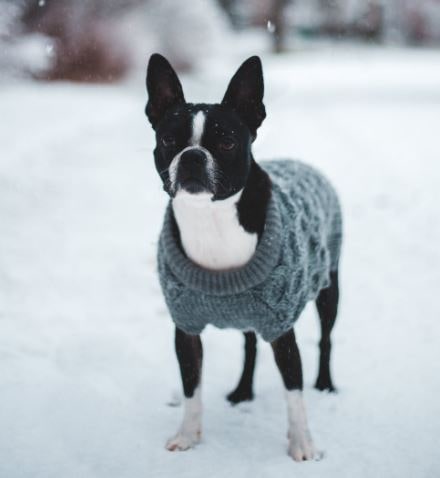Baby, It’s Furry Cold Outside
WINTER PET SAFETY TIPS
Baby, it’s cold outside! Whether you relish the fluffy flakes of a winter wonderland or bemoan the incessant shoveling, sludge and sub-zero temps, there’s no way to avoid it — winter comes around every year.
While ’tis the season for health experts to offer plenty of advice on how people can avoid winter accidents and injuries — everything from spills on the ice to heart attacks while shoveling — we mustn’t forget about our four-legged companions. Today’s Blog is dedicated to avoiding potential winter hazards and ensuring a happy, healthy and safe winter season for your pets.
An ounce of prevention
Before the full force of winter sets in, take these preventative measures:
- Bring ‘em in:The American Veterinary Medical Association suggests animals have a veterinary wellness exam before winter if they haven’t yet been examined this year. Cold weather can exacerbate conditions like arthritis.
- Double-check collars and chips:The effects of cold temperatures on a lost pet can be devastating, so make sure your pets are microchipped, with tags up-to-date and collars in good condition.
- Pet-proof indoors:Since everyone will be spending more time hunkered down inside, make sure medicines, toxic foods and chemicals are put away. Watch out for space heaters and decorations that can be knocked over and start a fire.
- Be ready for anything:Blizzards, ice storms and power outages happen. Families should have emergency kits that also include food, water and prescription medications (at least a week’s worth) for their furry friends.
WALK WISELY
While dogs still need to get out for daily exercise (and many do love to romp in the snow), care should be taken to ensure Spot stays well in harsher weather:
- Keep ‘em leashed: paws.org warns that more dogs are lost during winter than any other season. They can lose their scent trails and become disoriented, causing them to panic and run away.
- Consider a coat: The shorter-haired, thinner or sicker among our companions may need an extra layer of protection against the elements.
- Paw protection: Remove salt, snow crystals and caked-on mud immediately after returning home (checking for cracks or bleeding) and keep hair trimmed between toes to prevent build-up. A layer of Vaseline on paws can add protection before walks. Remember to wipe it off afterwards.
- Stay off the ice: Avoid walking on frozen ponds, lakes or rivers. It’s hazardous to humans as well as our best friends. An instinct to save a pet should he fall through ice can be deadly.
INDOORS IS BEST
Dogs and cats should both be kept inside during the winter, with a warm, non-drafty place to sleep. They are susceptible to frostbite and hypothermia, just like us. If you have an outdoor dog, make sure the dog has access to shelter, non-frozen water, and thick, dry bedding. Just as in summer, Pet Parents should never leave a pet alone in the car!
BE PROACTIVE ABOUT ANTIFREEZE
Antifreeze is lethal to pets, even in small amounts, and animals are attracted to its sweet taste. Clean up spills immediately and consider using products that contain propylene glycol instead of the traditional ethylene glycol. Wiping paws, limbs and bellies after a walk is a good practice to avoid antifreeze poisoning and the hazardous chemicals in salt and other deicers, too. If you use your garage as a place for winter shelter for your pet make sure you remove/place antifreeze in an area that is hard to reach or is protected from your pet.
LOOK OUT FOR UNINVITED PASSENGERS
Cats (pets with garage access or strays) are known to hide under cars, crawling into wheel wells and even snuggling up by engines to stay warm during the winter. Take a minute to look, make loud noises and knock on the hood if a feline may be hanging around a vehicle.
AVOID HOLIDAY OVERINDULGENCE
Our waistlines have a tendency to expand during the winter months, and our pets’ waistlines can, too! Monitor your pet’s weight and food intake while they are less active in winter and ask your veterinarian if you have any questions about appropriate calorie requirements for your pet.
KNOW THE WARNING SIGNS
Finally, make sure you know these warning signs of hypothermia in a pet that’s been outdoors in the cold:
- Weak pulse
- Dilated pupils or enlarged and unresponsive to changes in light
- Whining, extreme shivering or slowed movement
- Stupor or unconsciousness
- Body temperature below 95 degrees
Hypothermia can cause coma, heart problems or kidney failure, so if you are concerned that your pet might be showing signs of hypothermia consult a veterinarian right away.
Whether you have a Husky that happily frolics through snowstorms, or a princess pup who’d rather be carried across sludgy puddles in your arms, knowing the facts about winter hazards and your pet’s tolerances can make a huge difference in their well-being and safety in all types of weather. Enjoy the winter season and Merry Christmas!
To Your Pet’s Good Health,
Dr. Barry
Sources
https://www.avma.org/public/PetCare/Pages/Cold-weather-pet-safety.aspx
https://www.paws.org/library/pet-info/pet-care/cold-weather-tips/
https://www.animalhumanesociety.org/news/keeping-pets-safe-cold-weather








